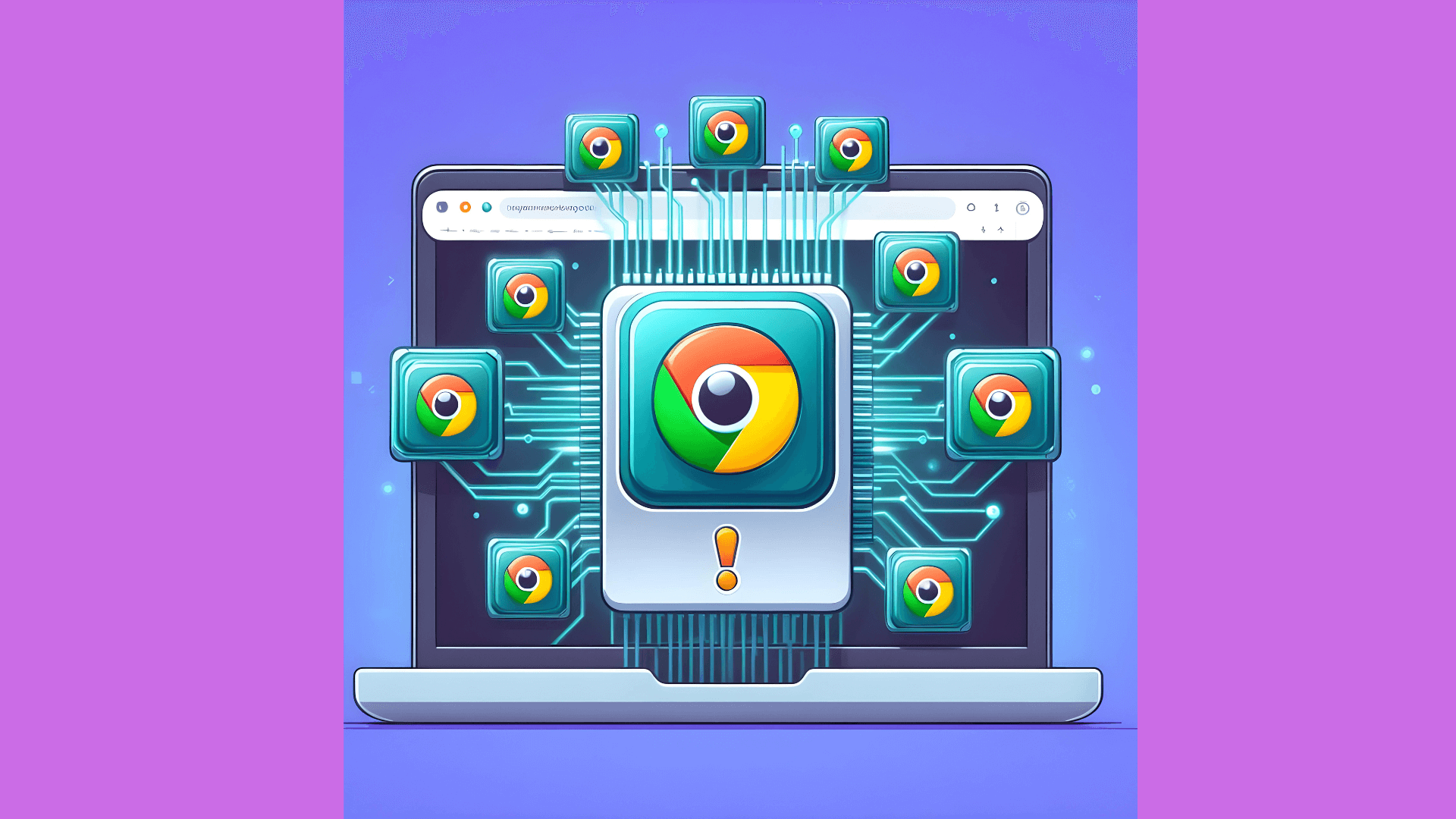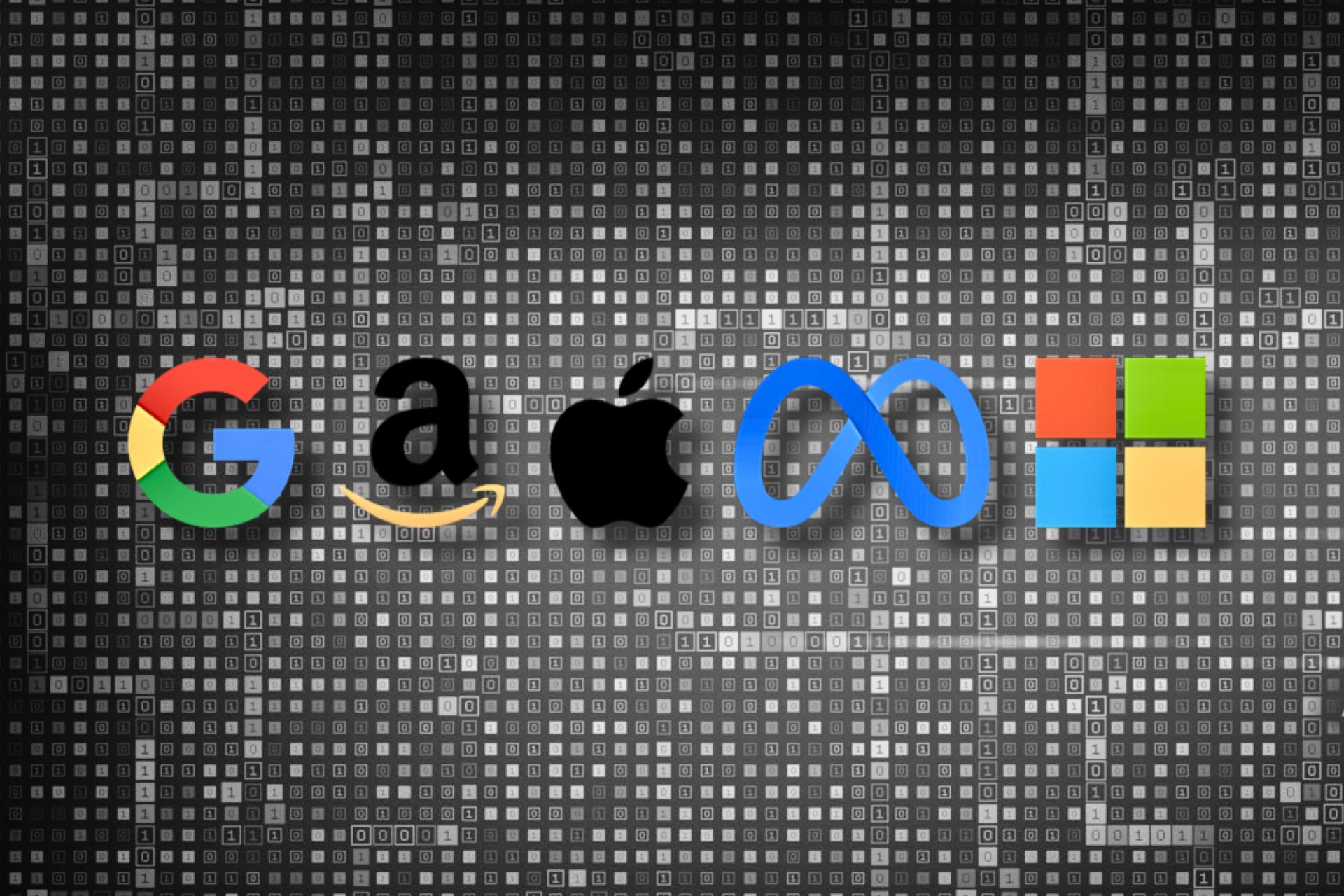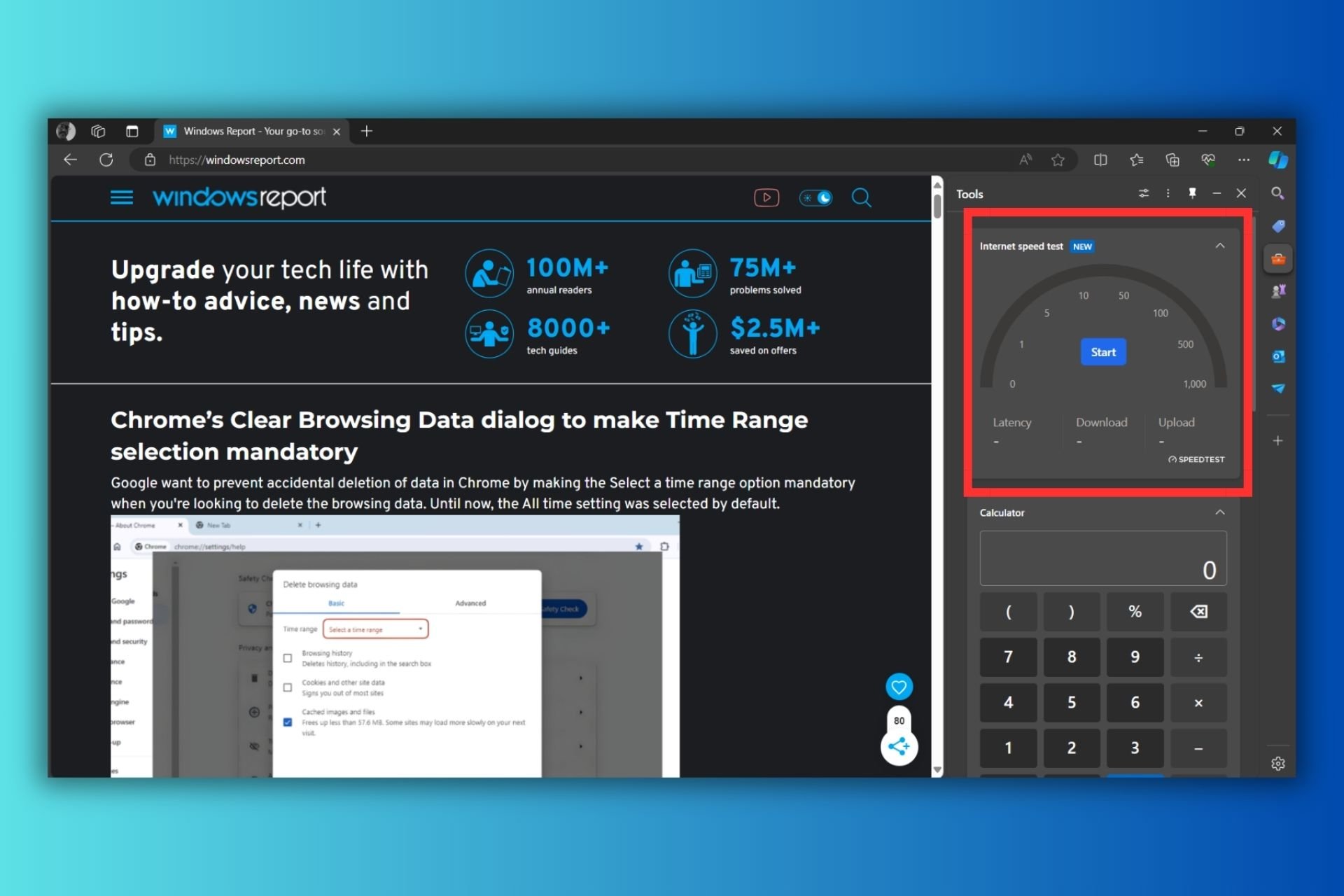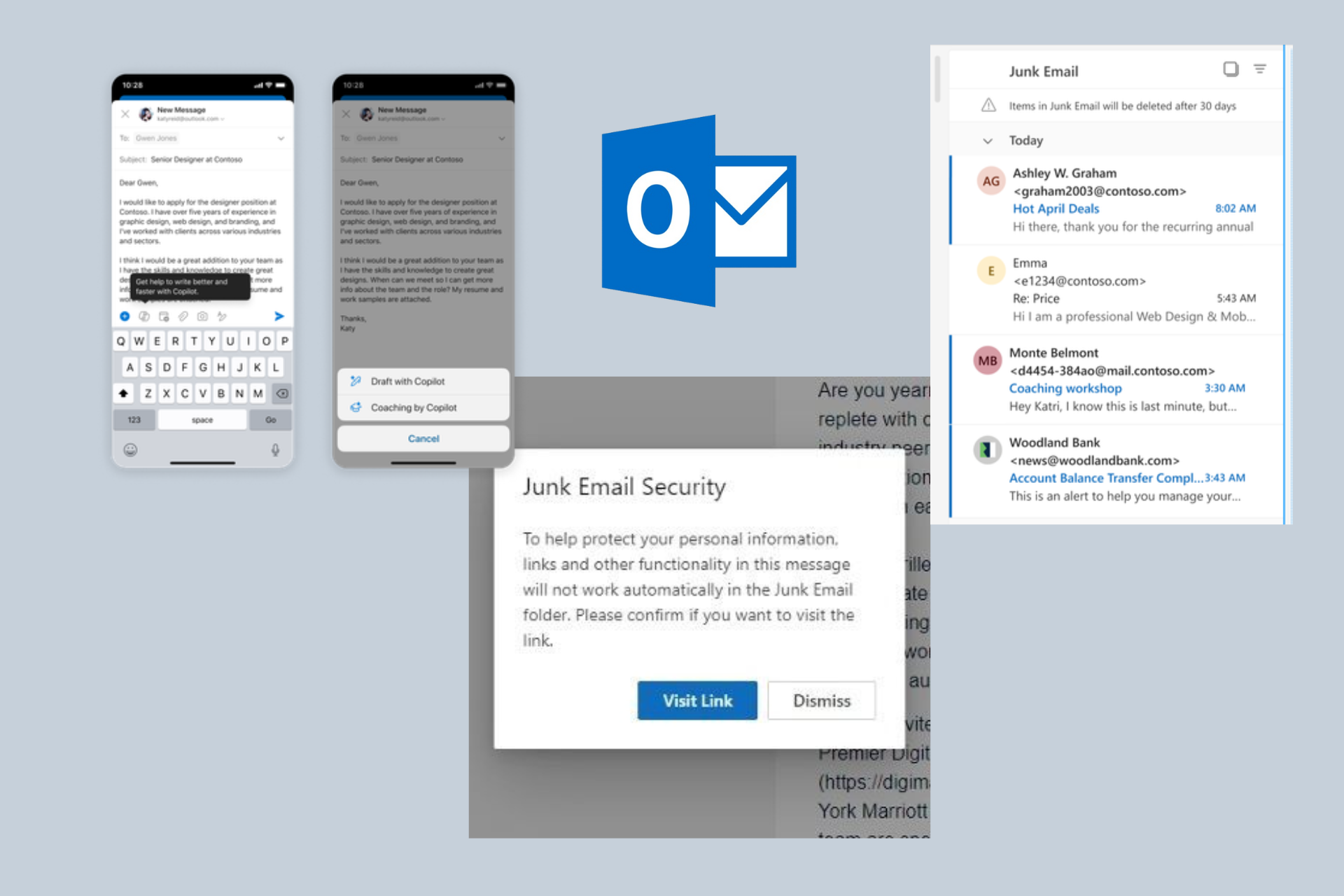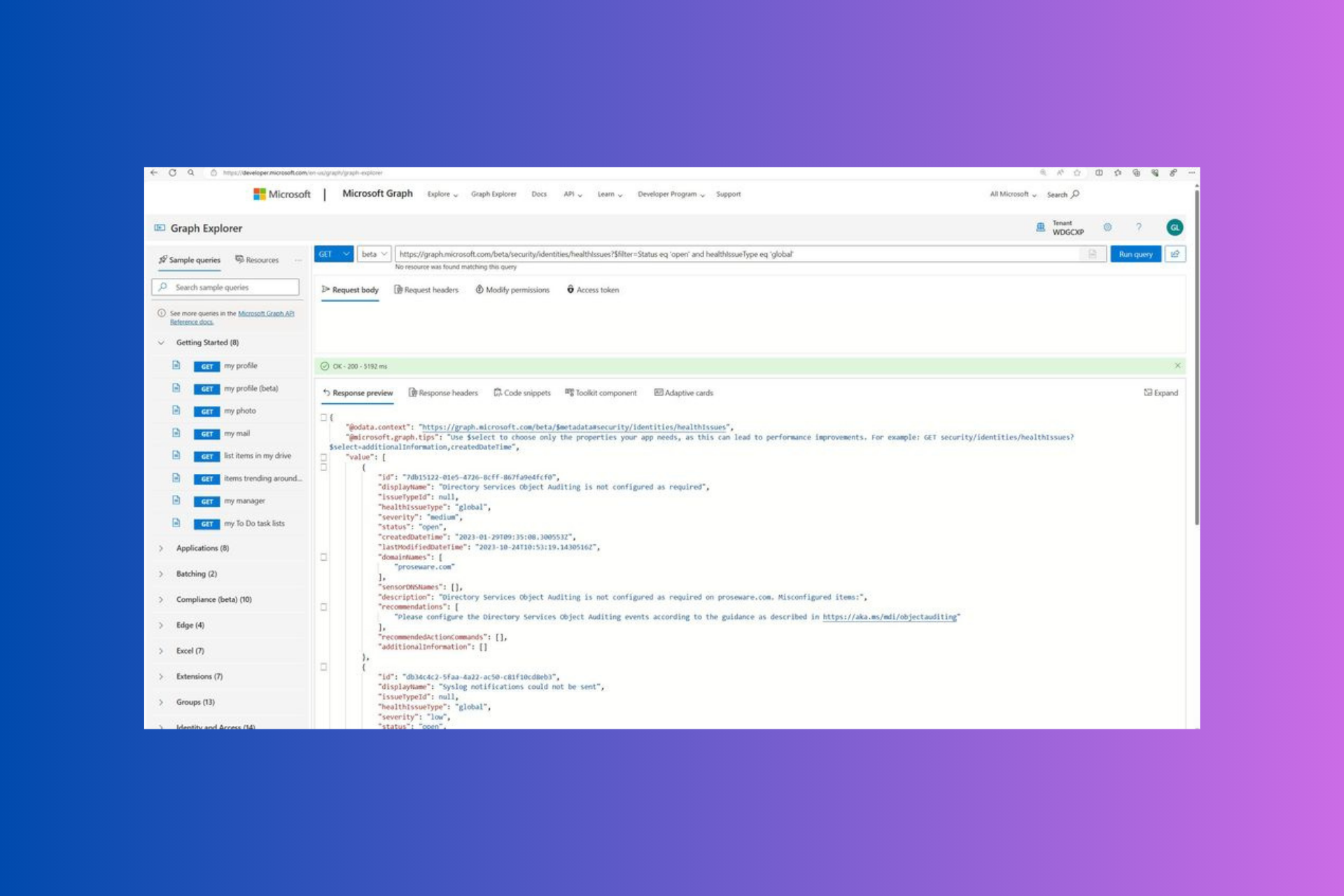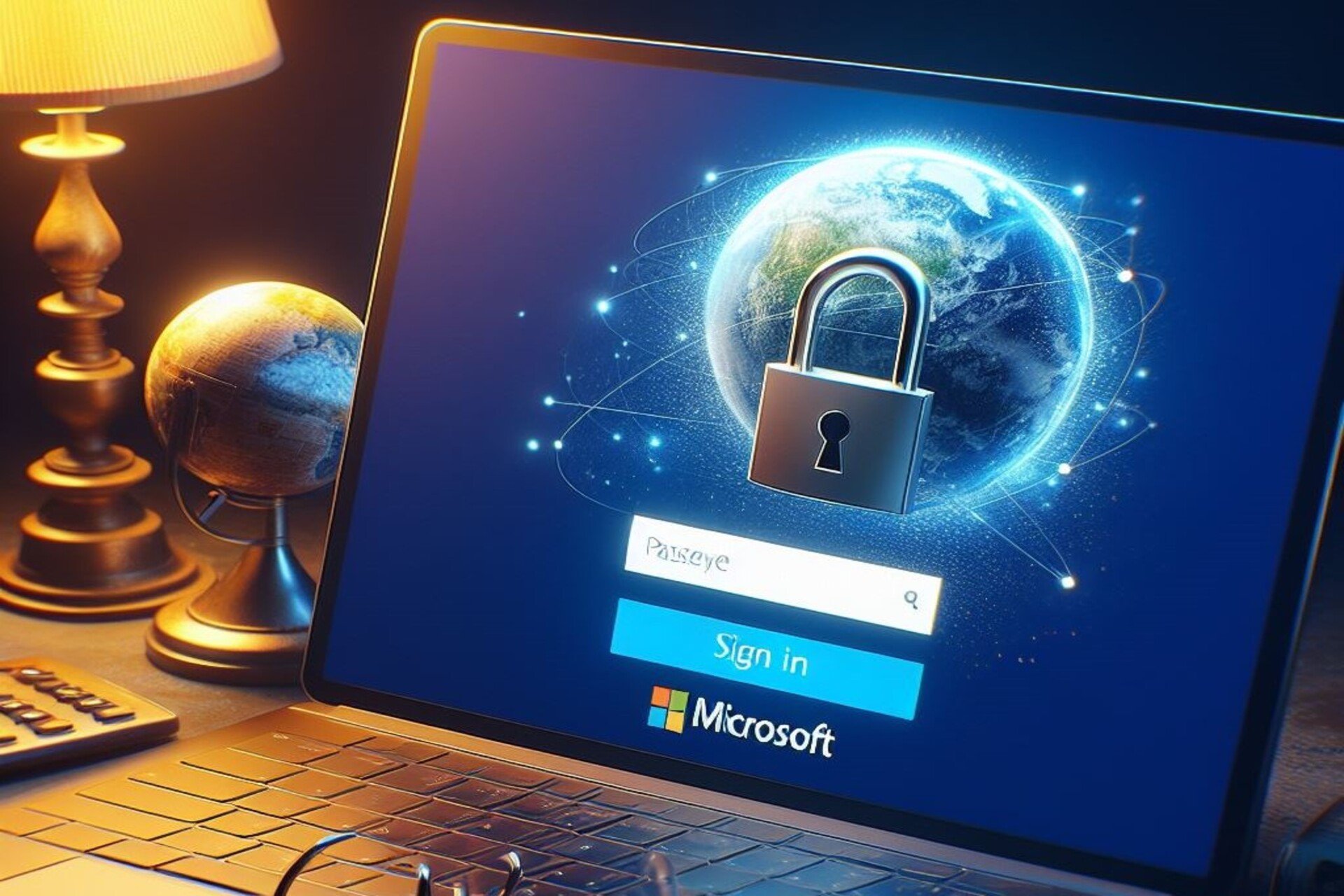Microsoft offers more details on new patch rollup scheme for Windows 7, 8.x, Server
5 min. read
Published on
Read our disclosure page to find out how can you help Windows Report sustain the editorial team Read more

In August, just a little over two weeks after the Windows 10 Anniversary Update launched, Microsoft announced Windows 7, 8.1, Server 2008, and Server 2012 will be moving to a new serving model.
Starting this month, updates for these older versions of Windows and Windows Server will move to a monthly servicing model with a single update. The bigger change in this new model is that previous months’ updates will be rolled up into each new monthly update. In other words, Windows 7 and Windows 8.1 updates are getting the Windows 10 cumulative update treatment, also known as part of what Microsoft describes as Windows-as-a-Service.
Just before the weekend, Microsoft posted the details on TechNet of how this new servicing model will work, via ZDNet.com. The post includes a roadmap of how this process will work through February of next year, at which point the whole process should be fully cumulative like Windows 10.
Microsoft also thoroughly explained the three monthly updates which will be available each month. They include a security-only quality update, a security monthly quality rollup, and a preview of the monthly quality rollup. Microsoft specifically describes each update with the following:
A security-only quality update
- A single update containing all new security fixes for that month
- This will be published only to Windows Server Update Services (WSUS), where it can be consumed by other tools like ConfigMgr, and the Windows Update Catalog, where it can be downloaded for use with other tools or processes. You won’t see this package offered to PCs that talk to Windows Update.
- This will be published to WSUS using the “Security Updates” classification, with the severity set to the highest level of any of the security fixes included in the update.
- This (like all updates) will have a unique KB number.
- This security-only update will be released on Update Tuesday (commonly referred to as “Patch Tuesday”), the second Tuesday of the month. (This is also referred to as a “B week” update.)
A security monthly quality rollup
- A single update containing all new security fixes for that month (the same ones included in the security-only update released at the same time), as well as fixes from all previous monthly rollups. This can also be called the “monthly rollup.”
- This will be published to Windows Update (where all consumer PCs will install it), WSUS, and the Windows Update Catalog. The initial monthly rollup released in October will only have new security updates from October, as well as the non-security updates from September.
- This will be published to WSUS using the “Security Updates” classification. Since this monthly rollup will contain the same new security fixes as the security-only update, it will have the same severity as the security-only update for that month.
- With WSUS, you can enable support for “express installation files” to ensure that client PCs only download the pieces of a particular monthly rollup that they haven’t already installed, to minimize the network impact.
- This (like all updates) will have a unique KB number.
- This monthly rollup will be released on Update Tuesday (also known as “Patch Tuesday), the second Tuesday of the month. (This is also referred to as a “B week” update.)
A preview of the monthly quality rollup
- An additional monthly rollup containing a preview of new non-security fixes that will be included in the next monthly rollup, as well as fixes from all previous monthly rollup. This can also be called the “preview rollup.”
- This preview rollup will be released on the third Tuesday of the month (also referred to as the “C week”).
- This will be published to WSUS using the “Updates” classification as an optional update. It will also be available via Windows Update (where all consumer PCs will install it) and on the Windows Update Catalog.
- With WSUS, you can enable support for “express installation files” to ensure that client PCs only download the pieces of a particular monthly rollup that they haven’t already installed, to minimize the network impact.
- Starting in early 2017 and continuing for several months, older fixes will also be added to the preview rollup, so it will eventually become fully cumulative; installing the latest monthly rollup will then get your PC completely up to date.
- This (like all updates) will have a unique KB number.
Internet Explorer and the .NET Framework will also be moving to this monthly update model. Hopefully, this model will simplify support for older version of Windows, reduce fragmentation of operating systems, and produce more reliable updates. But understandably, some are concerned.
It probably was not great timing to announced Windows 7 and Windows 8.1 are getting the Windows 10 cumulative update treatment, as the Windows 10 Anniversary Update caused a variety of headaches for users. And as many businesses rely on legacy versions of Windows, those headaches could get costly. It won’t be long before we know how this all plays out for Microsoft and the hundreds of millions using legacy versions of Windows, since the “B” week Patch Tuesday is tomorrow.

